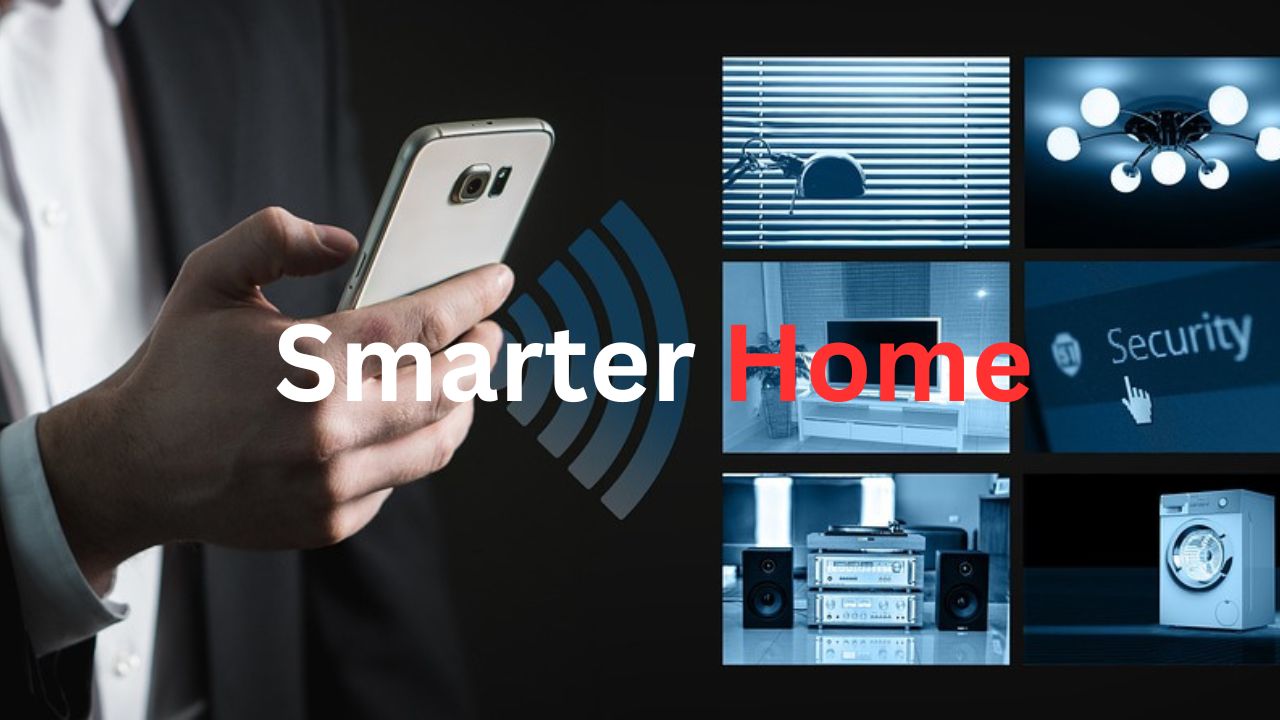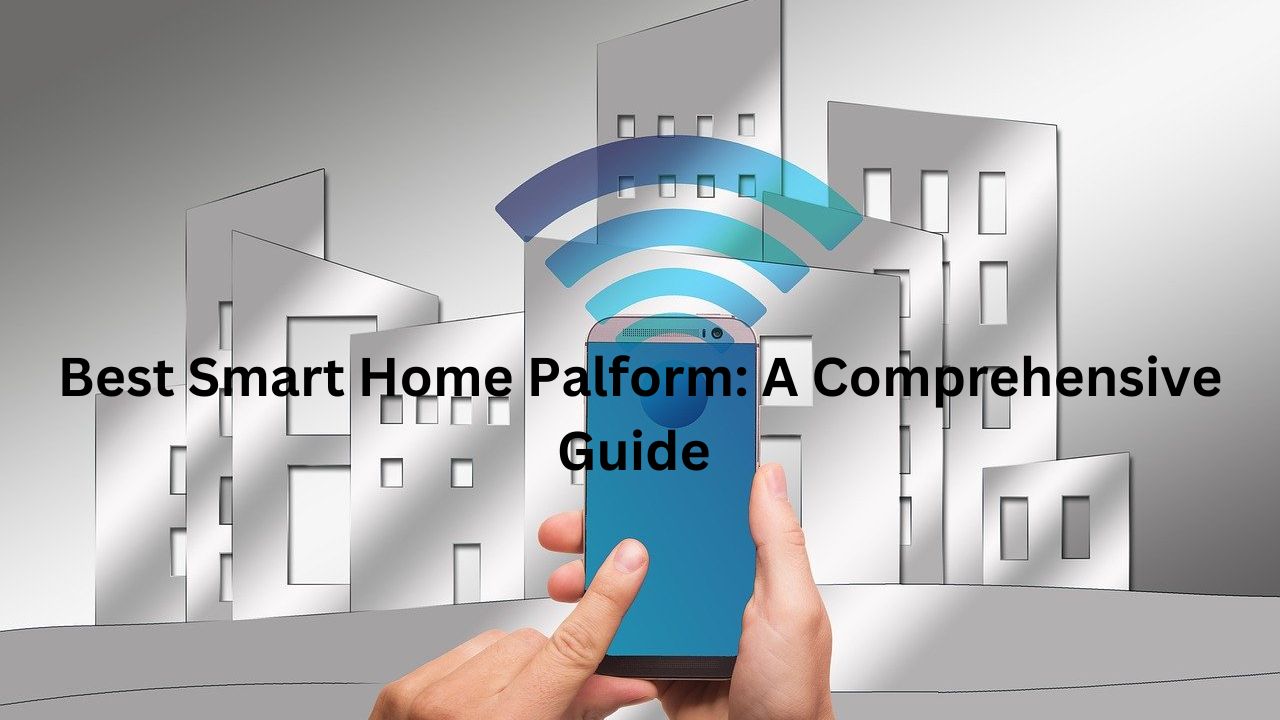What is IoT?
The Internet of Things (IoT) refers to a network of physical objects, known as “things,” that have sensors, software, and other technologies embedded in them. These objects are designed to connect and share data with other devices and systems over the internet. They can range from everyday household items to advanced industrial tools. Currently, there are over 7 billion IoT devices connected, and it is predicted that this number will increase to 25 billion by 2025.
Technologies That Made IoT Possible
The concept of IoT has been around for a while, but recent advancements in various technologies have made it more practical. These advancements include:
1. Access to affordable and reliable sensor technology:
The availability of low-cost, low-power sensors has made it possible for more manufacturers to incorporate IoT technology into their products.
2. Improved connectivity:
The development of network protocols for the internet has made it easier to connect sensors to the cloud and other devices, enabling efficient data transfer.
3. Cloud computing platforms:
The increased availability of cloud platforms allows businesses and consumers to access the necessary infrastructure without the need to manage it themselves. This scalability is a significant advantage.
4. Machine learning and analytics:
Advancements in machine learning and analytics, combined with the vast amount of data stored in the cloud, enable businesses to gather insights quickly and easily. These technologies also benefit from the data produced by IoT devices.
5. Conversational artificial intelligence (AI):
Neural networks have made it possible to incorporate natural language processing (NLP) into IoT devices like digital personal assistants (e.g., Alexa, Cortana, and Siri).
Components for Home Automation Systems Using IoT
IoT-enabled home automation systems involve the use of smart devices like thermostats, light bulbs, and security cameras. These devices can be controlled and monitored through a central hub or app. They can communicate with each other and the hub using wireless protocols like Zigbee, Z-Wave, and Bluetooth.
Moreover, IoT-enabled home automation systems can integrate with other smart home technology, such as voice assistants like Alexa and Google Home.
In summary, IoT-enabled home automation offers several benefits to homeowners, including increased convenience, energy efficiency, and security. However, it is crucial to ensure the security of these systems as they may be vulnerable to hacking and other cyber threats.
Industries that will benefit most from IoT
1. Transportation:
The use of IoT in transportation is inevitable. As the world becomes increasingly connected, the transportation sector is ready for a digital transformation. By harnessing the power of the Internet of Things, transportation companies can enhance efficiency, safety, and customer satisfaction.
2. Healthcare:
The healthcare industry is experiencing rapid growth, and the adoption of IoT is playing a significant role in driving this expansion. Through the utilization of connected devices and sensors to monitor patient health and collect data, healthcare providers can enhance the quality of care they provide and improve efficiency.
3. Manufacturing:
The manufacturing industry has always been a leader in technological innovation, and the Internet of Things is no exception. By utilizing connected devices and sensors to gather data from their operations, manufacturers can gain valuable insights that can help them enhance efficiency, reduce waste, and increase profitability.
Technologies behind IoT Products
The main technologies and protocols that enable the Internet of Things (IoT) are RFID, NFC, low-energy Bluetooth, low-energy wireless, low-energy radio protocols, LTE-A, and WiFi-Direct. These technologies provide the specific networking functionality required in an IoT system, as opposed to a standard network of common systems.
1. NFC and RFID:
The NFC and RFID are simple, low-energy, and versatile options for identity and access tokens, connection bootstrapping, and payments. RFID technology uses radio transmitter-receivers to identify and track tags associated with objects.
NFC consists of communication protocols for electronic devices, typically a mobile device and a standard device.
2. Low-Energy Bluetooth:
The Low-energy Bluetooth supports the low-power, long-use requirements of IoT while utilizing a standard technology that is supported across systems.
3. Low-Energy Wireless:
The Low-Energy Wireless replaces the most power-consuming aspect of an IoT system. While sensors and other elements can power down over long periods, communication links (such as wireless) must remain in listening mode.
4. Low-energy wireless:
Low-energy wireless not only reduces consumption but also extends the device’s lifespan through less usage. Radio Protocols like ZigBee, Z-Wave, and Thread are used to create low-rate private area networks. These technologies are low-power but offer high throughput, unlike many similar options. This enhances the power of small local device networks without incurring significant costs.
5. WiFi-Direct:
It eliminates the need for an access point and allows peer-to-peer (P2P) connections with the speed of WiFi but with lower latency. WiFi-Direct removes a network element that often slows it down, without compromising on speed or throughput.

How IoT is used in Home Automation can be explained by the following applications
1. Lighting:
Home lighting can now be adjusted to meet individual needs. For example, when watching a movie, the lights can automatically dim to enhance the viewing experience. Similarly, when entering your house, the lights can switch on without the need to press a button.
The system can also reduce the lights when you leave your house to save energy, eliminating the need for manual adjustment. You can control all the lights in your home using your laptop, smartphone, and other connected devices. This allows you to schedule the lights to turn on when the alarm goes off.
2. Bathrooms:
IoT technology can enhance convenience and enjoyment in the bathroom. Intelligent mirrors can connect to other devices like computers and smartphones, recognize individuals’ faces, and display personalized information such as weather forecasts, news articles, and websites of interest.
Special sensors can detect movement and automatically turn off the water in the bathroom if no one is present. Smart shower controls can recognize individuals and adjust the water temperature and pressure to their preferences while conserving water by limiting shower time.
Automated jacuzzis can be controlled through an app, allowing users to relax and enjoy the bath without manually adjusting temperature, air-jet regime, or music preferences.
3. Gardens:
To grow vegetables, fruits, and herbs indoors sensors can be used. The app allows users to check the optimal temperature and hydration level of the plants.
The software can monitor the soil’s condition, check for moisture, and activate an irrigation system if necessary. This technology revolutionizes gardening by detecting the ideal moisture level and preventing water waste.
4. Kitchen:
IoT devices with AI technology can make cooking easier and safer. Smart sensors can monitor smoke, carbon monoxide, temperature, and humidity levels in the kitchen.
These devices can track food availability in the fridge, provide recipe suggestions, and calculate the nutritional value of meals. Intelligent spoons can also encourage users to eat slowly.
5. Security Systems:
Intelligent security systems with sensors can automatically lock doors, shut window covers, and power down electronic appliances when you leave home. Users can remotely monitor their homes and control temperature, humidity, and lighting through a mobile app. They can also keep an eye on elderly relatives and provide assistance if needed.
6. Safety Sensors:
Intelligent safety devices with sensors can identify potential hazards in your home and promptly notify you. These devices can also take preventive measures to mitigate risks. All you need is a phone with internet access and the installation of sensors in your home.
Temperature, humidity, or gas controls can regularly check the air quality and notify you if anything is outside the recommended range. Safety sensors can prevent fires, explosions, water leaks, and gas leaks. Proximity or video sensors can detect break-ins and activate alarms or notify authorities.
7. Temperature Control:
Temperature control automation allows you to adjust the temperature in your home for maximum comfort. Smart thermostats can be programmed to control the temperature based on your preferences and activities.
For example, you can use the app to automatically raise the temperature in your bath or lower it for calming activities like yoga.
8. Doors and Windows:
In the future, keys may no longer be necessary for doors. Facial recognition technology is used to unlock your house, and unidentified individuals will need to be identified. turning on the TV or coffee maker. Windows can be programmed to respond to events and signals, automatically closing when necessary.
9. Home Routine:
AI and ML technologies can help manage your home’s temperature, lighting, and security system. The technology can notify you of necessary purchases, search for information online, provide news updates, order meals, schedule appointments, and even book travel arrangements.
You can monitor your home automation from anywhere using the app. You can check the functionality of your lighting, security, and other connected devices while you are away from home.
For more smart gadgets, visit niraktech.com


